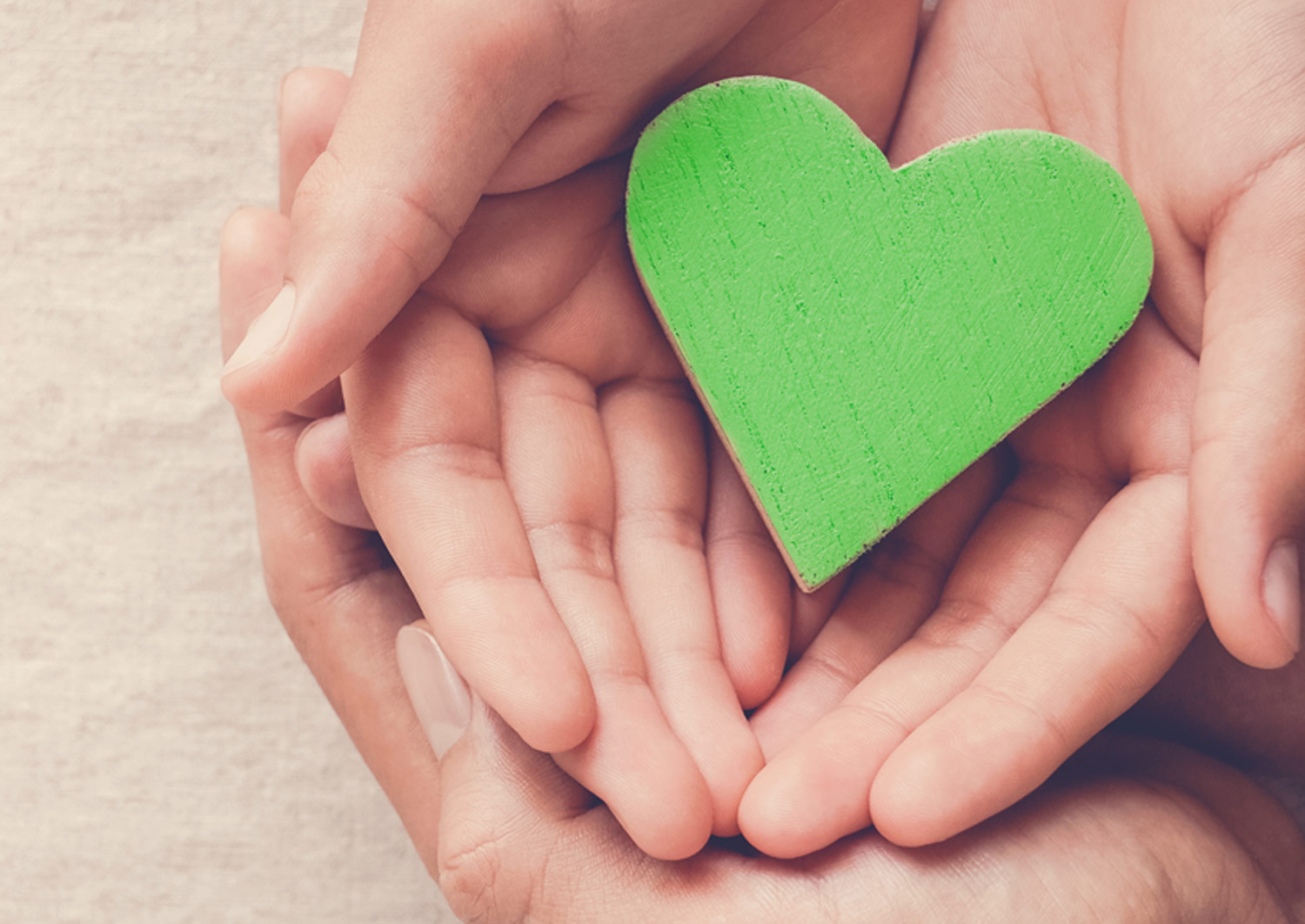By Mandy Corbin
Supporting educators and students through a disaster
Sonoma County has long experienced flood-related disasters, and fire-related disasters are now common as well, with four significant wildfires over the past five years. The Tubbs Fire of 2017 came without warning in the middle of the night and changed the community, its infrastructure, its families and, most importantly, our children for years to come. In addition to three more wildfires and one flood, the ongoing global pandemic is affecting children’s ability to connect with the world and learn in the way previous generations have. Lessons learned in Sonoma County from multiple disasters can be applied to the COVID-19 pandemic in order to support students’ emotional and behavioral well-being. These lessons are one piece of a bigger puzzle California is putting together to support students.

- Find out what has happened to local children during and after the disaster
- We use a situational triage tool — PSYStart, which is a simple 10 to 20 question event screening tool that school staff can use to interview a student or family, or it can be delivered electronically for families to complete. It gives individual results, results by school and results by district. The tool allows school leaders to learn about the specific situations of each student and can assist with identifying needed resources and training for school staff.
- Provide psychological first aid immediately post-disaster to students and school staff
- Professional development is actually a form of psychological first aid for staff. It assists staff to know how to care for themselves, connect, begin to tell their own trauma narrative, and attach coping strategies to that narrative.
- Professional development can empower school staff by giving them simple, hands-on techniques on how to talk to children, how to tailor lessons in class, what to look for and how to connect students to additional resources.
- Providing resources to school staff so they feel confident to respond to students while moving education forward.
- Early on post-Tubbs Fire, I was told if you do not give the staff resources and a pathway to access them, you will be surprised because staff will freeze, perhaps as if the event never occurred. Resourcing our staff includes providing known supports and having systems in place to access the supports; providing push-in supports in the classroom; and providing time for school staff to access information to support their students during the school day.
- Conduct post-disaster screenings that follows situational screenings
- Our teams use the Child PTSD Symptoºm Scale – 5, which evaluates post-traumatic symptom severity in children and adolescents. This gives school counseling staff individualized student data. Students meeting a threshold of concern are provided with short term Trauma Focused Cognitive Behavioral Therapy (TF-CBT). Counselors providing TF-CBT have been trained in this counseling modality and receive clinical consultation regarding cases.
- Routine, planned annual training and professional development that includes maintenance of skills by school staff over years
- This includes maintaining a local counseling collaborative and a social-emotional learning community of practice. This is imperative because the effects of a disastrous event lasts for years. Sonoma County participates in the statewide Social Emotional Learning Community of Practice, which is facilitated by the Sacramento COE in connection with the Greater Good Education Center at UC Berkeley.
- Leverage support and services provided by the county behavioral health department, medical practitioners and community-based mental health providers
- This work in Sonoma County is supported through a Mental Health Student Services Act grant and an ACES Aware grant from the state of California.
Well-resourced school staff can, in turn, provide resources to others. Resourced staff who know there is a sound system in place to care for students are more likely to care for themselves and be able to care for, connect to and educate our state’s children. When adults have a sense of agency during a crisis, they are better able to provide students support, implement curriculum, and engage students in learning during the most challenging of times.
In Sonoma County, we have prioritized putting this system in place for educators, so that they know how best to support students. We believe these systems can help ensure that children are able and ready to engage with learning and continue on the path of healthy emotional development in the wake of COVID-19.
Mandy Corbin is the associate superintendent, Special Education and Behavioral Health Services at the Sonoma County Office of Education.